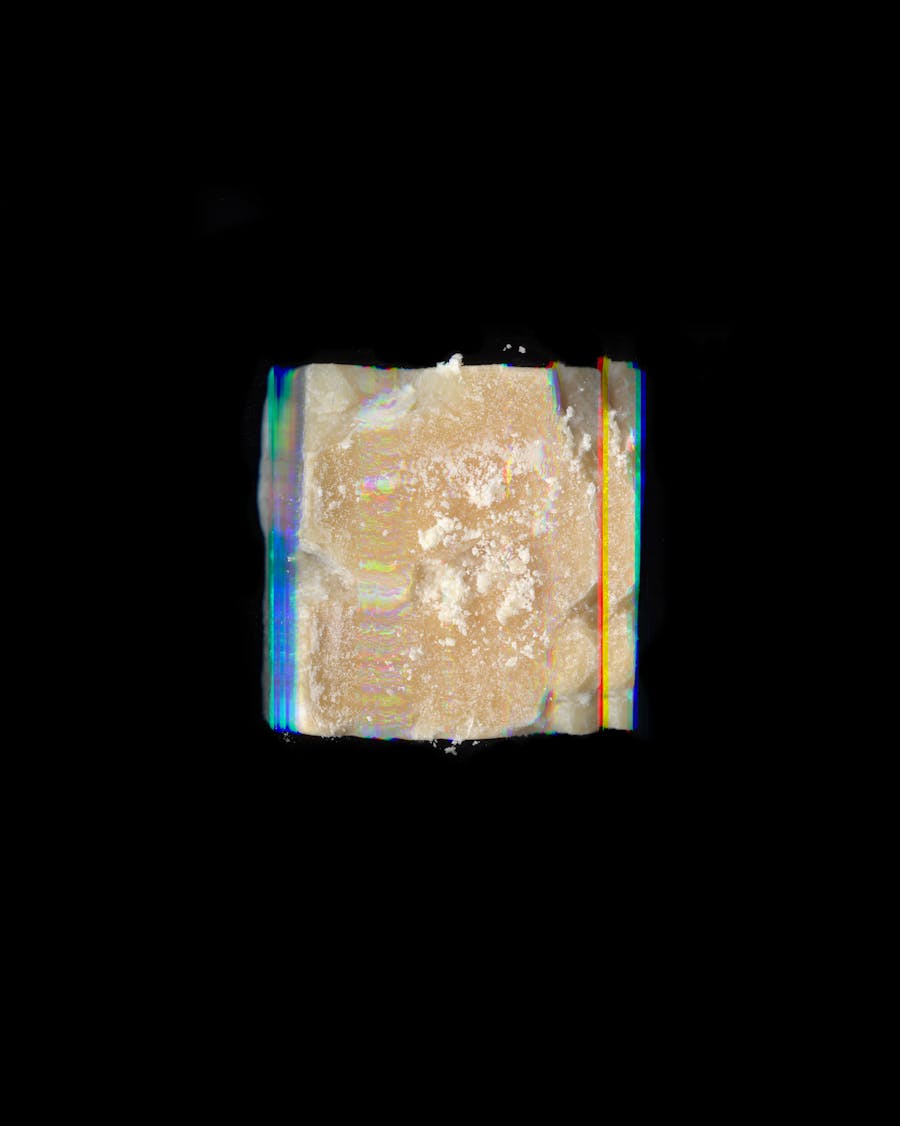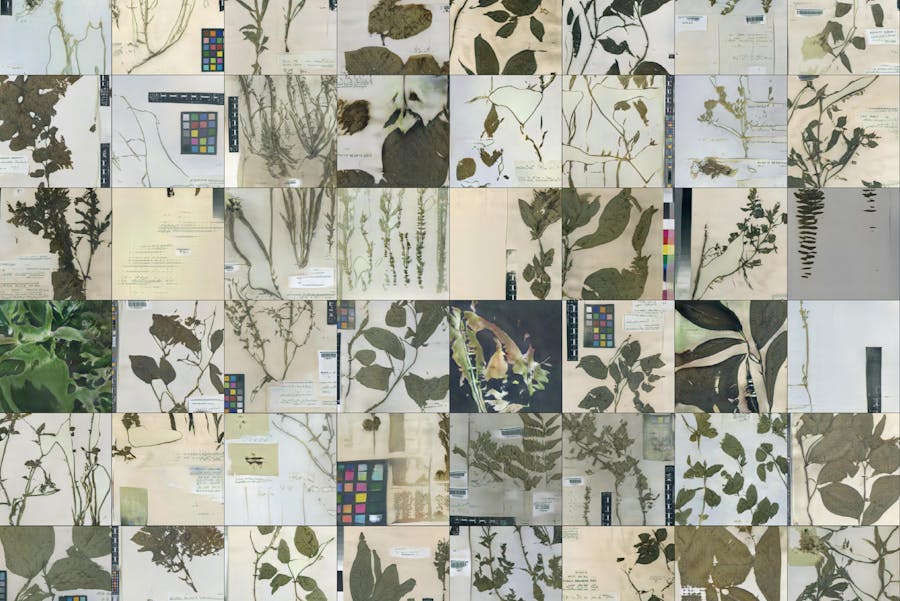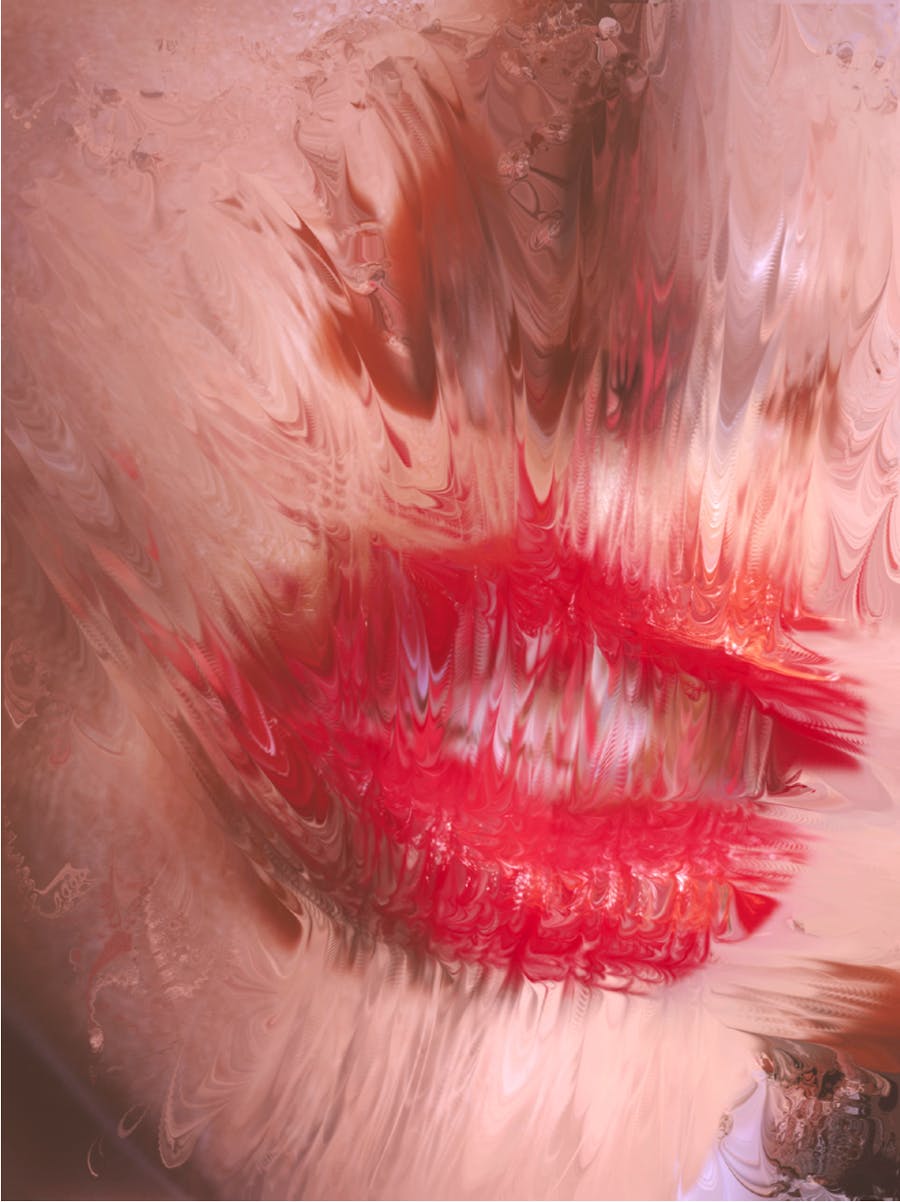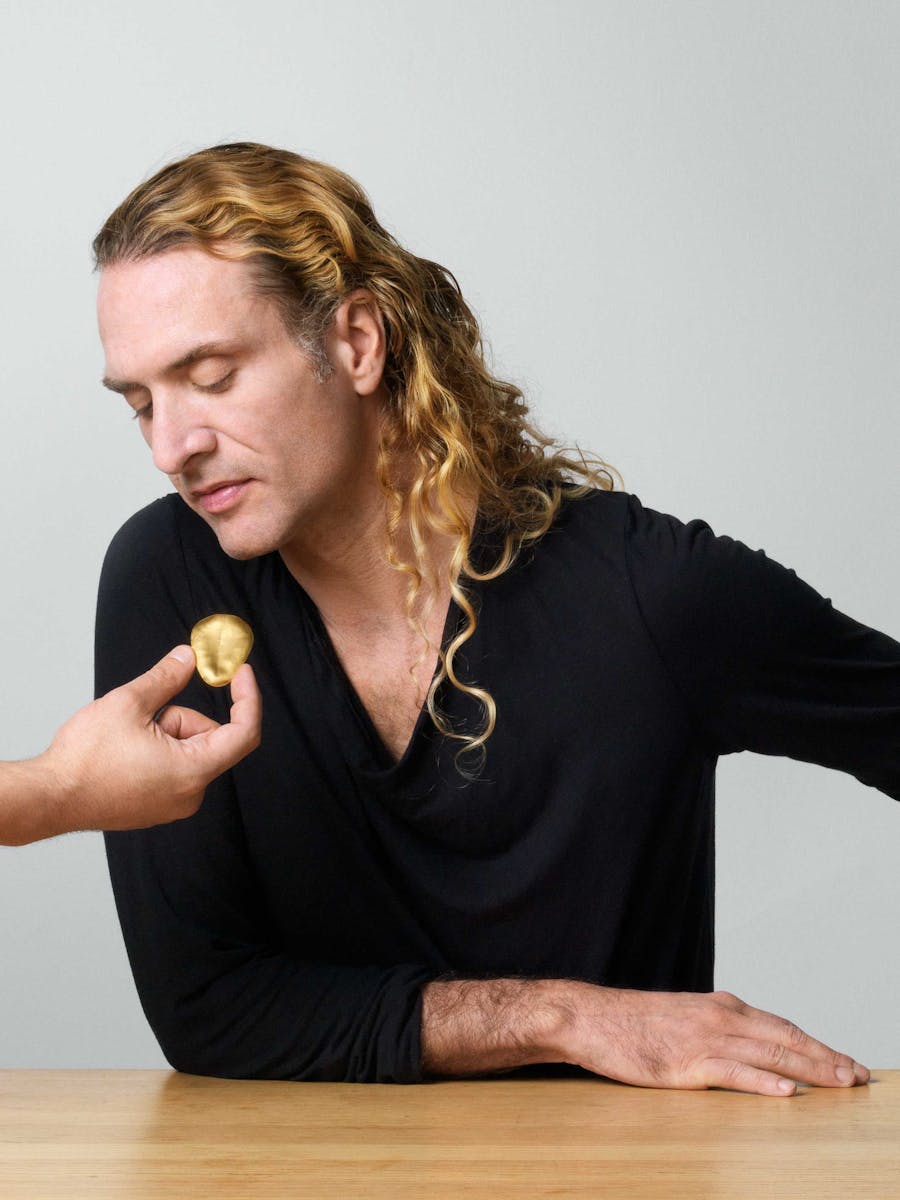A shy, otherworldly creature who orginally hails from Holland, Iris van Herpen navigates between different galaxies: art, craft, science, biotechnology, and fashion - her imagination knows no limits. The world she has created is rich, protean, and poetic, reconciling nature and technology, flesh and the machine, and doing so with grace and determination.
HAND AND MACHINE. In the beginning I only worked by hand, without the use of a computer or any other form of technology. I then started using laser cutting, a technique that’s already been used in fashion for some time. In 2009 I began a collaboration with an architect. In that profession, technology is an integral part of a complex creative process. We created a computer file to 3D print a dress, it was a total experiment for both of us - we had no idea whatsoever what would come out of it. Now that I have been combining manual work and technology for long enough I no longer see the difference between the two. But it is important to understand that hands are always involved even with a dress that has been 3D printed. The design and the finishing touches can only be done by hand. I know that some people are afraid that technology will end up invading everything, but I do not think that’s possible or even realistic. I’ve noticed a dynamic interaction between craftsmanship and 3D printing technology; they influence each other and inspire each other. I’d go so far as to say that handcrafting can be perfected by some technologies and vice versa. Far from being mutually exclusive, the hand and the machine complement and balance each other.
SIMPLIFIED NATURE. Despite their ultra hi-tech aspect, the mirrors in my show LUCID (unveiled in March 2016, ed) are completely analogue. It’s just about having a material that is so well designed that it reflects the light in such a way that we see the person from the left or the right depending on the distance of the viewer. In fact, I see technology as a very simplified form of nature, not an inspiration but a tool which helps me to give a concrete form to the dresses and the structures in my head. Nature and its infinite circumvolutions increasingly inspire me. Look at your hand; if technology evolves sufficiently it might one day come close to creating something like that. I don’t know if that will ever be possible. The more we observe nature, the more we realise how wonderful it is, and how simple our creative process is in comparison. I see technology as a simplified version of my craftsmanship, but it is very useful because thanks to it I can use very different materials and execute complicated tasks that are impossible to do by hand. Many technologies draw inspiration from the forms and functions of nature. We have to learn from nature, especially when it comes to design involving technology: the closer we come to nature the more beautiful our creations, and the more in harmony with our environment we are. Many of the machines created up until now thanks to technology are completely at odds with the natural world; it’s this destructive element that worries people. It’s also the reason why today there is such a chasm between technology and nature, but I think that the more we progress, the closer we come to being in harmony with nature.
MATERIALS. I have used very different materials, sometimes unfamiliar to the world of fashion. It’s a real challenge: I need to think and work in a different way, because these materials react completely differently. One of my favourite materials is also one which made me rethink my creative process; I came up with it with the artist Jolan van der Wiel who works with magnets to bring structures into being. For example, you take two components, you add metallic powder, you place the magnets near it, and in a few seconds it takes shape. I love not being in control of every detail. In my work I have control of everything down to the last millimetre and I’m obsessed with details, but in this particular instance it’s impossible because the magnetic force decides. I can control the overall design but not the way the details emerge. I’m always looking for new materials and there is one in particular with which I’m going to love working: an invisible textile. It sounds like science fiction but it exists: it inflects the direction in which the light travels. As a designer it inspires me enormously: I can reconstruct the body, showing some parts and concealing others, like a sort of lego. I’m already looking forward to this exercise in dissection, but for the moment this fabric is still exclusively licensed to the US army. Nobody can use it but they think one day we’ll be able to. I can’t wait.
BODY. I think that my many years as a dancer have had an enormous influence on what I do today. I have learnt a great deal about my own body - how to control it, its way of being in space, how to play with all that. In my work, the female body is my true muse: its propotions and its movements are the foundation of my work. When I create a piece, I always have movement in mind, and the possible transformations of the body. I also like discovering what surrounds it more or less directly.
BIOTECHNOLOGY. The real revolution isn’t in technology but in biotechnolgy. It’s completely new and I have no idea where it could take us. The fear of the unknown generates fantasies and that’s why I chose the subject ‘Bioconspiracy’ for the collection in which I’ve collaborated with Philipp Beesley (a Canadian artist and architect whose unique and organic designs integrate nature in its various forms, ed.). His work is pure poetry - it’s so balanced. The way he uses technology is exemplary: 80% of his work is crafted by hand, everything begins with a team of people. Strangely, people see this area as a kind of Frankenstein’s experiment, but everyone’s been to hospital and the physical transformations that can be done there are already a form of biotechnology, whether it’s heart or kidney transplants, or plastic surgery, it’s in our lives and it doesn’t bother anyone. But the idea of biotechnology itself is still frightening. I’ve just read an article about a tortoise who nearly died because his shell was damaged; they made him a new one in 3D so he can lead a normal life, and even if he looks like a kind of robot, he doesn’t notice. Humanity has always known such fear; it’s in its nature. Before technology there was Nature, God, everything that posed a threat. It’s important to take that into account: everything has a good and a bad side. Nature can be marvellously beautiful and nurturing or it can destroy us completely. It’s the same with technology: we can use it to annihilate ourselves or to create beautiful things. Fear is crucial because it helps us to make balanced decisions, and to set limits in an exciting discipline like biotechnology.
SCIENCE. I draw huge inspiration from art, architecture and even science. They are their own worlds, with their own people, their own kinds of knowledge, and I can learn a lot from them. It’s important for me not to content myself with the world of fashion, to avoid going round in circles or getting stuck in a routine. I like to leave my comfort zone and learn from people who follow a different path; it helps me to get a new perspective. One of the greatest moments in my life was a visit to CERN (the European Organization for Nuclear Research, ed.), in Geneva in Switzerland. That’s where they have the big Hadron Collider, the most powerful particle accelerator in the world. It’s underground with lots of other machines. It’s a secret place and it’s difficult to get to, but I met a woman who works there and she agreed to show me round and introduced me to the scientists. I’ve been there several times to talk with them. My pieces don’t directly reflect their research, that woud be impossible, but they share so many ideas with me that it inspires me. The way in which I integrate science into my work is on a more poetic level, it broadens my vision of the world. I’m not asking science to come up with a new material but a mixture of science and philosophy guides me. We discuss the world around us, its changes, the place of the human being in the universe and it opens up new perpsectives for me. I really like people who have a different vision from mine, and I feel really inspired by the amazing brains you find at CERN. There are more than 10,000 people working there; that’s a hell of a lot of geniuses.
ARTS AND SCIENCE. It’s strange to think that in the past the arts and sciences were linked together so much, even in government organizations. At a certain point they were separated and the divide widened. But I feel that these two disciplines are coming together once more, and it’s a good thing since I think that artists and scientists can really influence each other to create beautiful things. When they were separated, science became more practical and art distanced itself from the knowledge that goes with science. Bringing these two fields of knowledge back together is crucial for the whole of society






